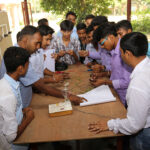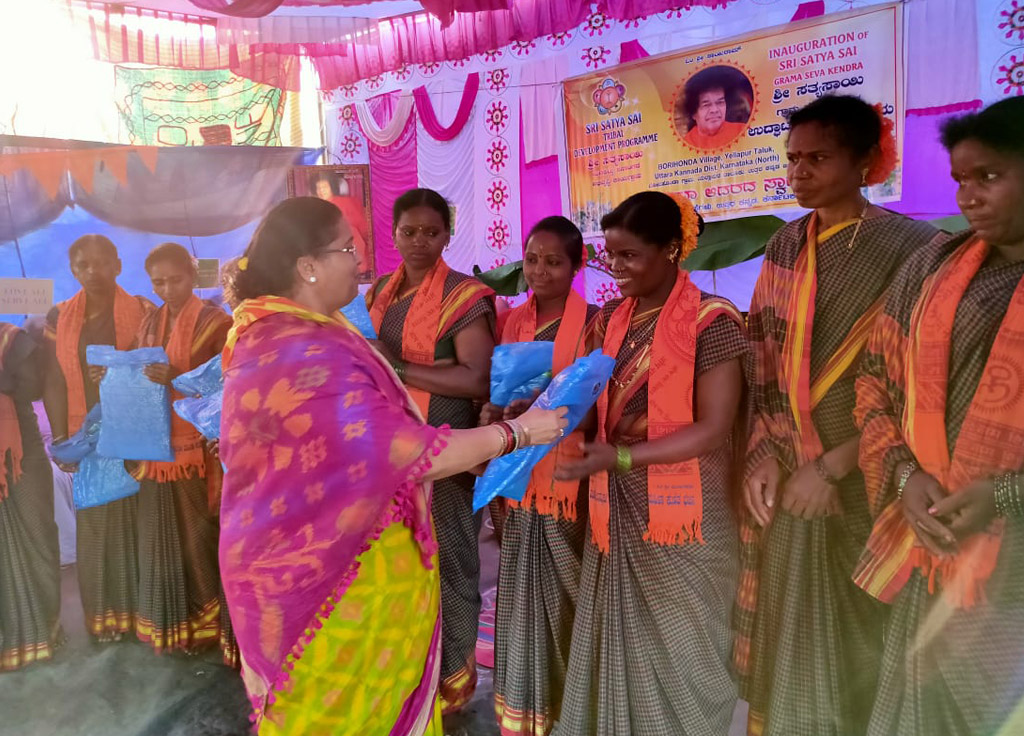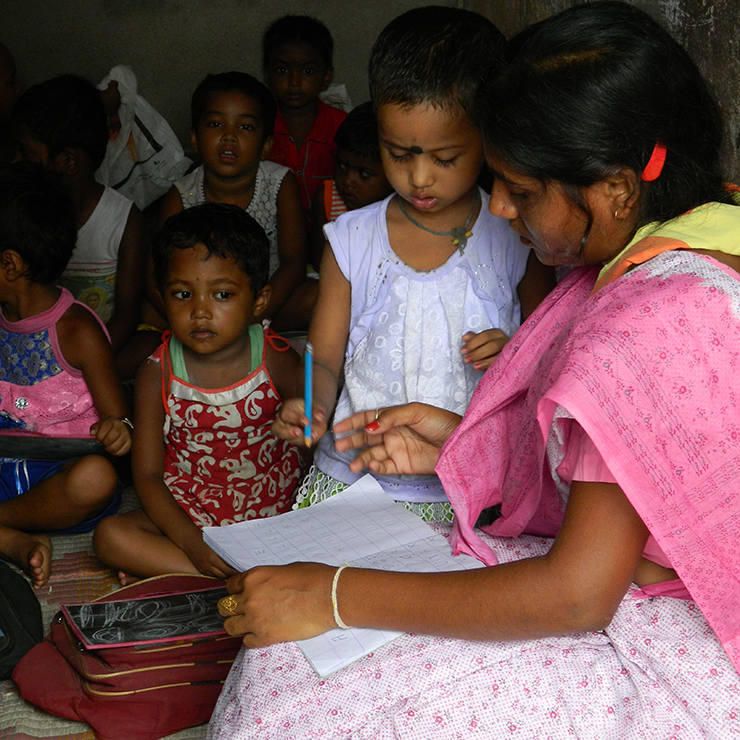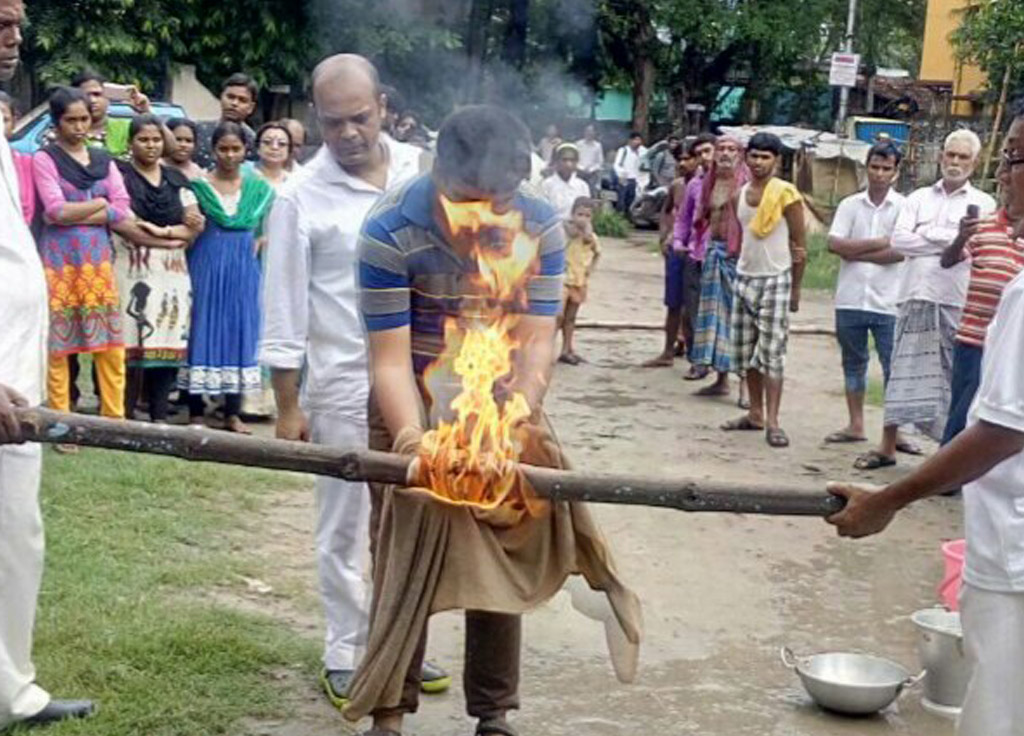
Objectives
Training volunteers to handle any disasters
To train and build up a core group of active workers of the Organisation in each district who
will respond rapidly in the event of a disaster and undertake rescue, relief and rehabilitation
work effectively. Additionally, the DM Initiative aims to conduct DM Awareness in schools,
colleges, villages and institutions to build resilient communities.

Stakeholders

Members of Sri Sathya Sai Seva Organisations

Village Youth

Community

Students of SSSVJ Schools
Structure
Disaster Management Training - 2 Days
Specialised disaster preparedness, discussions on the science of natural calamities and motivational aspects are also dealt with during the programme.
- Skills imparted to trainees
- Rescue techniques
- Ropes knots
- Fire fighting
- Water rescue
- Building rescue
- First-aid
- Team building
Disaster Management Awareness - 1 Day
A shorter programme on Disaster Awareness conducted to impart training to:
- School and college students
- Rural youth
- Other Organisations
Visual aids, lectures and practical demonstrations by the trained youth of our organisation, instill self-confidence in participants so they are prepared during a calamity and can carry out basic safety protocol.
Impact of Disaster Management
7000
+Adopted Schools
1200
k+Children
60
k+teachers
470
k+volunteers
60
No. Of years
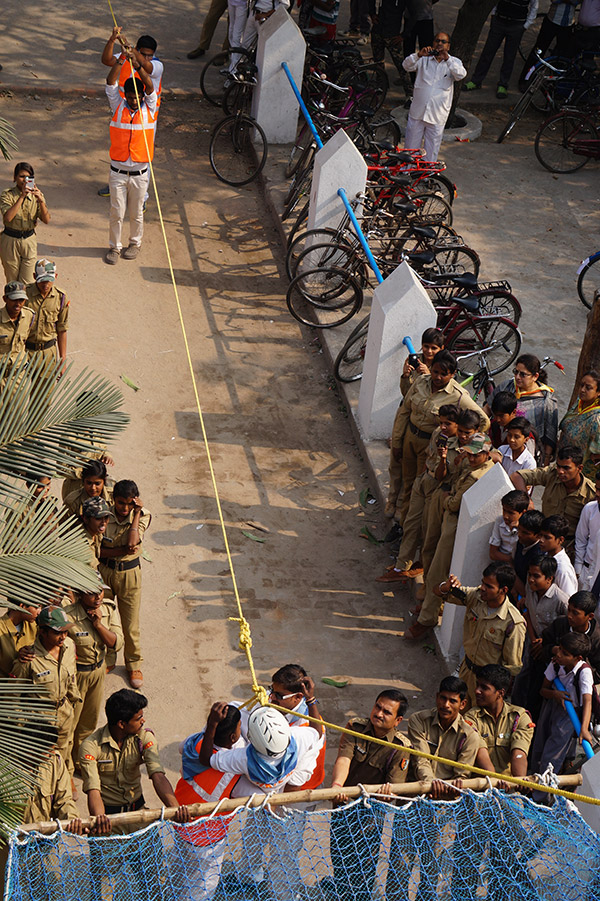

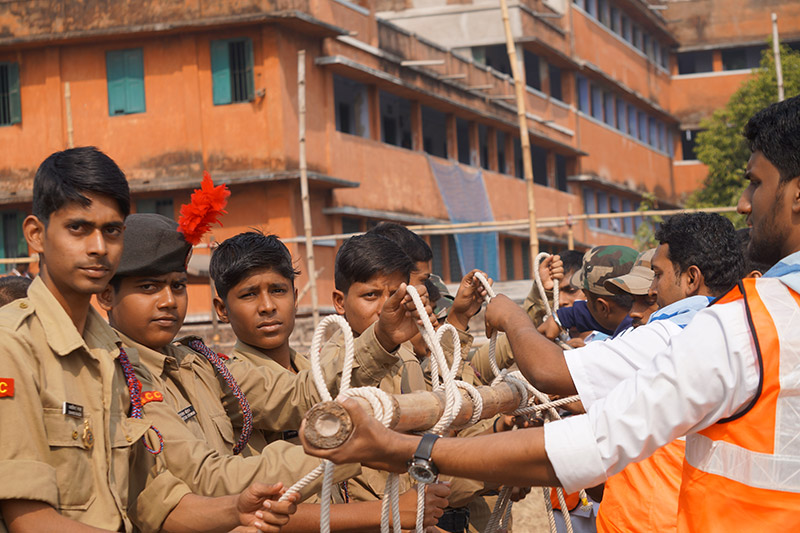

Activities of the program
- Trained youth become first responders in case of a calamity. They are trained to perform difficult tasks in the event of natural disasters.
- DM teams built with enhanced self-confidence are equipped with the right attitude, necessary skills and resources to carry out rescue work
- Relief measures provided during natural calamities:
- Due to the sudden catastrophic nature of calamities, grief counselling is given to the affected individuals, families, and large groups. This allows the individual, the family, and the community to emotionally cope with the situation and move on with their lives.
- Non-medical relief including the provision of food, clean safe drinking water, shelters, sanitation, clothes, blankets, bedsheets, cooking utensils, lighting supplies, and other basic necessities are provided
- Community-level needs like re-establishing educational infrastructure and Sanitation needs like cleaning of streets, ponds, dirty areas, are also addressed.
- Delivering Home Remedies via herbal medication, Nutritional Aid, Sanitation, Hygiene & Health, Deployment of First-Aid & DM Kits.







































